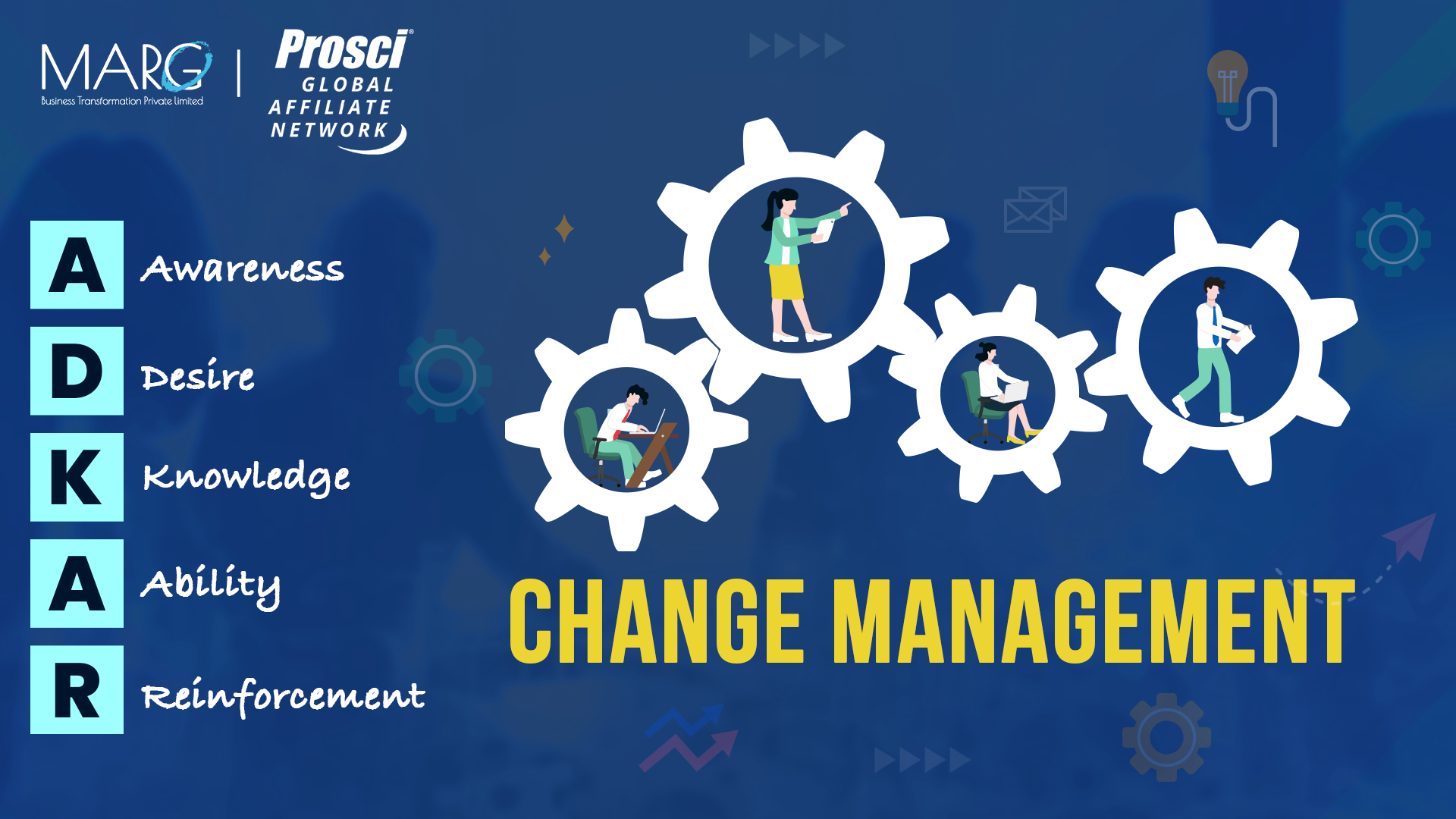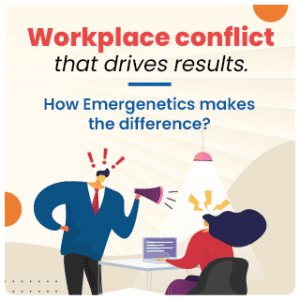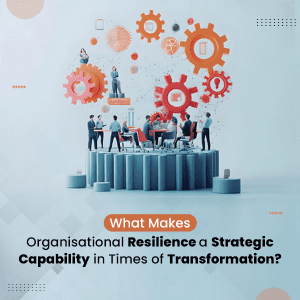
With the numerous changes companies are facing, the one thing that we can count on is a structured change management approach to manage these varied changes. Organisations now place high importance on their capacity for ongoing transformation; and as a result, change management has become a crucial responsibility that cannot be ignored. When an organisational change is first proposed, most people immediately want to know these three things: What does this change mean? Why is it occurring? What will it look like once the change has taken place?
In the beginning, most people think “This change is going to be difficult and weird”. But only when they realise that this change could actually be rewarding and helpful, do they start opening up to accepting, embracing, and implementing it.
Here are some of our tips to help you through this mindset shift-
- Increase Understanding – The first thing people want is foundational information about the change, i.e. What kind of change is this? Why is it happening? WIIFM?
- Reinforce Priorities – Letting people know what isn’t changing can be very reassuring
- Give Control – By giving people more options during the change, you can reduce their discomfort and increase the chances of engagement and buy-in
- Provide Support – Providing consistent support throughout any change can help them navigate through change confidently.
Every change has two components that need to be managed:
- The technical side, which entails planning, creating, and then delivering a solution that complies with specifications.
- The people side, which entails assisting staff members in embracing, adopting, and being proficient with the change.
Although we like to think that change occurs at an organisational level, it actually occurs at an individual level, as each person gradually transitions from their current state to their future state. A successful change management approach will produce motivated employees who help the initiative succeed. Therefore, the project’s success depends on each employee adopting the change.
As a leader, you’ll be able to create a critical mass of people who will comprehend, accept, and adopt the change quickly, only if you can understand that the initial fear and hesitation about change is natural instead of assuming that people are “change-resistant” or “negative.”
In a nutshell, change management can no longer be neglected, relegated, or misunderstood. So, let’s focus on enabling our people to drive successful change management toward a better future.






